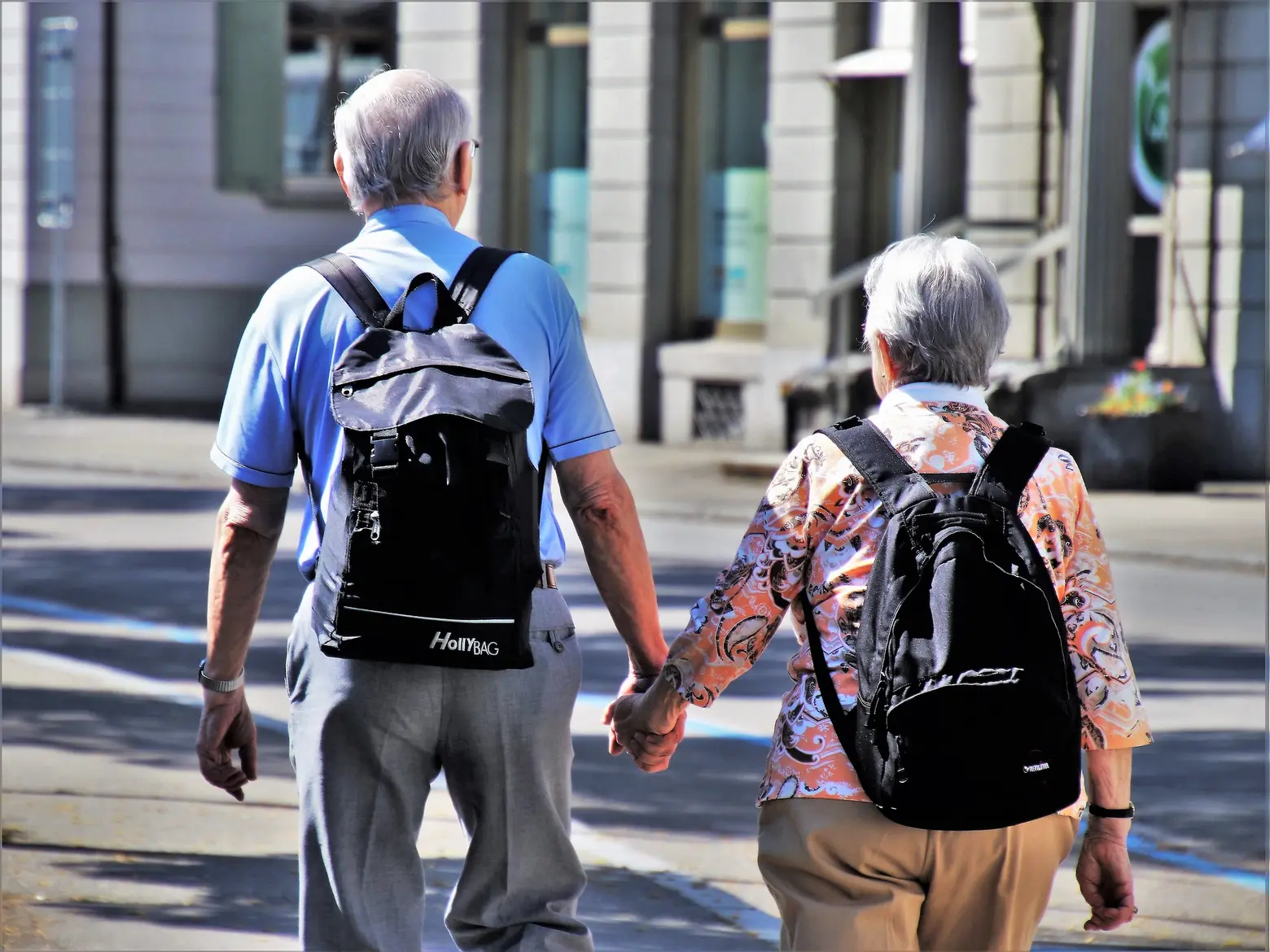One-in-three adults are “doubled up”: Who’s rooming with who and why?

Photo via Pexels
A new PEW Research Center study has found that one-in-three adults are now “doubled up.” Some of these shared households are traditional multigenerational households—for example, a married couple with children who have chosen to live in a home belonging to one of their parents. By definition, however, shared households also include any households with at least one “extra adult” who is not the household head, the spouse or unmarried partner of the head, or an 18- to 24-year-old student. As a result, among the one-and-three adults who are now doubled up are adults sharing households with other adults to whom they are not related, adults sharing with same-generation siblings, and most surprisingly, a growing cohort of elderly parents moving into their adult children’s homes.
Roomies are getting older
In 1995, the earliest year for which the PEW Research Center has comparable data, 28.8% of adults lived in a shared household. By 2004, this has fallen slightly to 27.4%, but by 2017, the number had increased to 31.0%. This means that approximately 79 million U.S. adults now live in a shared household. But who is living with who, and what factors are driving the shared household trend?
What has not changed in recent years is the fact that most shared households are home to related adults. What has changed is the head of household. According to PEW, since 1995, the number of adults living in someone else’s household who are the parent of the household head has doubled. Indeed, parents rooming with their children now represent 14% of shared households.
While parents crashing in their kids’ spare rooms may be increasing along with cohabitating adult siblings, between 1995 and 2017, according to PEW, the overall number of extra adults living in a household in which the head was unrelated (typically a housemate or roommate) fell from 22% to 18%. This is also reflected in recent U.S. Census Bureau data that reports that the number of people living with nonrelatives peaked in the late 1990s and has been declining steadily since 2000.
The PEW Research Center study also found another notable trend. While young adults are still more likely than middle-aged or older adults to live in a shared household and the very young (those under 35) are far more likely than older adults to live in shared households, across demographics (with the exception of those 75 years and older) shared household arrangements are on the rise. Between 1995 and 2017, the number of people younger than 35 living in a shared household rose by 4%, the number of adults 25 to 54 years of age living in a shared household rose by 9%, and the number of adults 55 to 64 years of age living in a shared household rose by 6%.
Economics and cultural factors lead to rise in shared households
Richard Fry, a senior researcher at the PEW Research Center, observes that “The rise in shared living may have implications for the nature of household finances—that is, how income and expenses are shared among members” but economics is not necessarily the only factor driving the rise of shared households. As Fry further observes, “Nonwhite adults are much more likely than white adults to be doubled up, mirroring their greater propensity to live in multigenerational households. Nonwhite adults are a growing share of the adult population, and thus some of the rise in shared living arrangements is due to longer-running demographic change.”
What Fry does not address is that this apparent cultural difference may still be largely about economics. Notably, White families are still far more likely to own their own home than Black or Hispanic families nationwide and in New York City, the gap is even greater. According to the NYC Furman Center, homeownership rates for Black and Hispanic families are 42 and 45% respectively compared to 71% for White families nationwide. In New York City, homeowner rates are much lower across the board, but the difference is significantly greater in minority communities. While 42% of White New Yorkers own, only 26% of Black and only 15% of Hispanic New Yorkers own rather than rent. Given that other studies have found that on average nonwhite buyers also take longer to purchase a first home (perhaps, because they are less likely to have a parent who already owns and has the equity to co-sign a mortgage or offer a large gift for a down payment), the higher number of nonwhite families living in shared households may simply reflect the fact that sharing is a strategic way to avoid high rents and save for a down payment.
A lot of Americans live solo, fewer in NYC
Despite the current rise in shared households, it is worth noting that living solo is also still on the rise. Indeed, the proportion of Americans living alone has been on the rise since the 1920s, especially in urban areas. According to the U.S. Census Bureau, as of 2016, households were still shrinking. Since 1960, the average American household has shrunk from 3.3 to 2.5 people. Moreover, 28% of households are home to just one person—an increase of 13% since 1960. But this is where New York City may be an outlier. While the average American household has now shrunk to 2.5 people, in New York City, the average household is comprised of 2.63 people and this figure may, in fact, be much higher given that many adults sharing small apartments are unwilling to fully reveal their living arrangements when a U.S. Census Bureau employee comes knocking on their door.
RELATED:




























